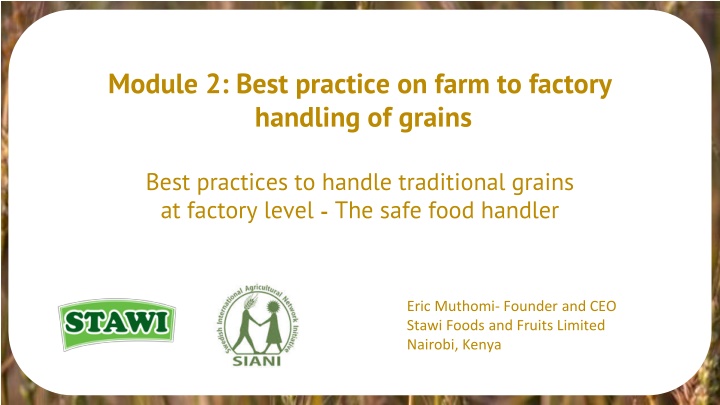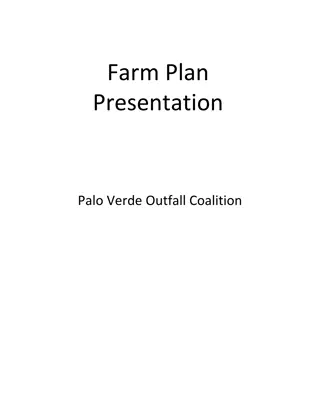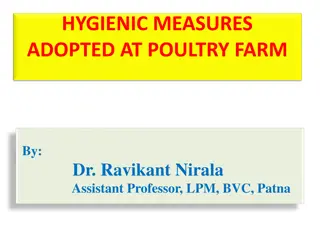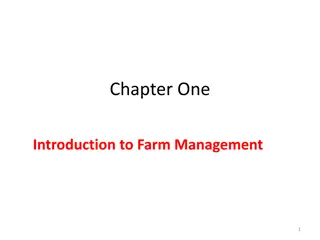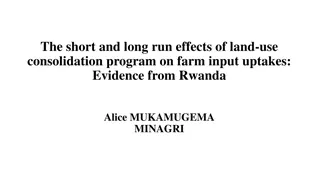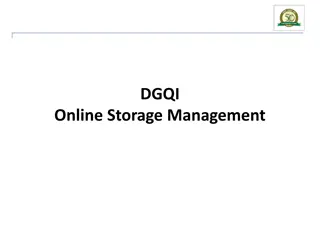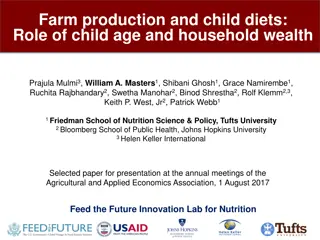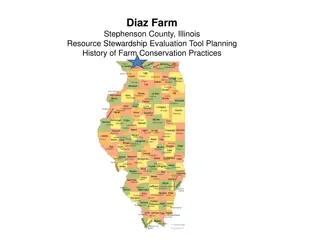Best Practices in Handling Grains at Farm and Factory Levels
Learn about best practices in handling traditional grains at the factory level, including the importance of worker hygiene to prevent contamination, basics of handwashing, proper worker clothing requirements, and when to exclude or restrict workers due to illness. This guide emphasizes the critical steps to maintain food safety standards from farm to factory.
Download Presentation

Please find below an Image/Link to download the presentation.
The content on the website is provided AS IS for your information and personal use only. It may not be sold, licensed, or shared on other websites without obtaining consent from the author.If you encounter any issues during the download, it is possible that the publisher has removed the file from their server.
You are allowed to download the files provided on this website for personal or commercial use, subject to the condition that they are used lawfully. All files are the property of their respective owners.
The content on the website is provided AS IS for your information and personal use only. It may not be sold, licensed, or shared on other websites without obtaining consent from the author.
E N D
Presentation Transcript
Module 2: Best practice on farm to factory handling of grains Best practices to handle traditional grains at factory level - The safe food handler Eric Muthomi- Founder and CEO Stawi Foods and Fruits Limited Nairobi, Kenya
Workers and contamination Workers can introduce bacteria, viruses, and parasites into food and beverages. Workers contaminate food by: - Working while sick - Touching pimples or sores - Touching hair - Not wearing a band-aid and single-use gloves over sores and wounds - Not washing hands properly
Basics of Handwashing - Accessible handwashing station. - Hand soap - liquid, powder, or bar and does not have to be antibacterial. - Way to dry hands -disposable towels, continuous towel system, or a hand dryer. - Instant hand sanitizer - always accessible at entry points.
Worker clothing Clothing can be a source of contamination so all food workers must wear: a clean hat or hair restraint. clean clothing. While processing food, workers cannot wear jewelry on their hands and forearms. This includes medical information jewelry on arms and hands. The only exception is a well-fitting plain wedding band.
Excluding or Restricting Workers Restricting The activities of the worker are limited so there is no risk of transmitting a disease through food. The worker should not handle exposed food, clean equipment, utensils, linens; and unwrapped single-service or single-use articles. Excluding A worker is not allowed in the establishment except for those areas open to the general public.
Excluding or Restricting Workers When to exclude a worker: Workers serving the general population who have one or more of the following symptoms: Vomiting Diarrhea Jaundice Has been diagnosed with Salmonella Typhi, Shigella, Shiga-toxin producing E. coli, Hepatitis A virus, or Norovirus. When to restrict a worker: Workers serving the general population who have a sore throat with fever can be restricted. A restricted food worker can handle packaged food, wrapped single-service or single-use articles, or soiled food equipment or utensils.
Start-up food companies and also those aiming to scale up their operations will need to attract capital. In the last chapter of the training we cover this topic.
